No. Not really.
Yesterday I received a couple of messages on Facebook about “farming the desert.” I think it may have been because I have been posting internet links concerning California’s current and long-lasting drought. More than one inquiry that is suspicious of my activities out here in the wilds of the southern Mojave was enough to get me writing.
I am not any kind of typical farmer. I do not “plow up the desert.” I do not have an income stream from this place. I do not waste precious resources, knowingly or wantonly. Some nights I may be in the shower too long, but, hey, am I the only one? 😉
When it comes to the land I’m living on, I take as much care as I can. What I do is experimental agroecology.
We use the least amount of water that we can. We make changes regularly. I often think about leaving this land because it’s not easy. Maybe some day I will, but for now I’m here and this is what I do.
I’ve lived in this region for 34 years, in the high desert for 25 of those years. Before that I lived in a small southern California mountain town and before that the South Bay stretch of southern California. Before that, I was embedded in various landscapes east of the Mississippi. I’ve been a gardener nearly all of my life. I’ve been an extreme gardener for 25 years.
The Mojave Desert cannot sustain farming in any sense that most Americans think about it. In my part of the desert there is one operation that uses sound ecological approaches to grow organic meat commercially. Those folks do more with less than anyone I know and they produce a phenomenally healthy, ecologically friendly, and healthful product.
What I do is experiment, along with provide small amounts of food for myself and my family. I don’t raise any meat, but I do raise chickens for eggs. I have open-house farm days to discuss and sometimes experiment with ultra-small-scale food production. And we do other things at rainshadow Farm that are detailed on the Rainshadow Farm Facebook pages.
You could call what we do small-scale (or micro-scale) household gardening with some extras…in an arid place.
Like many of my friends, I have created and nurtured land spaces that do not invade the desert. In fact, we seek to maintain as much of the high desert ecology as we can. Here, at my place, I’m engaged with exploring the small scale use of desert native plant foods. I also do native plant restoration.
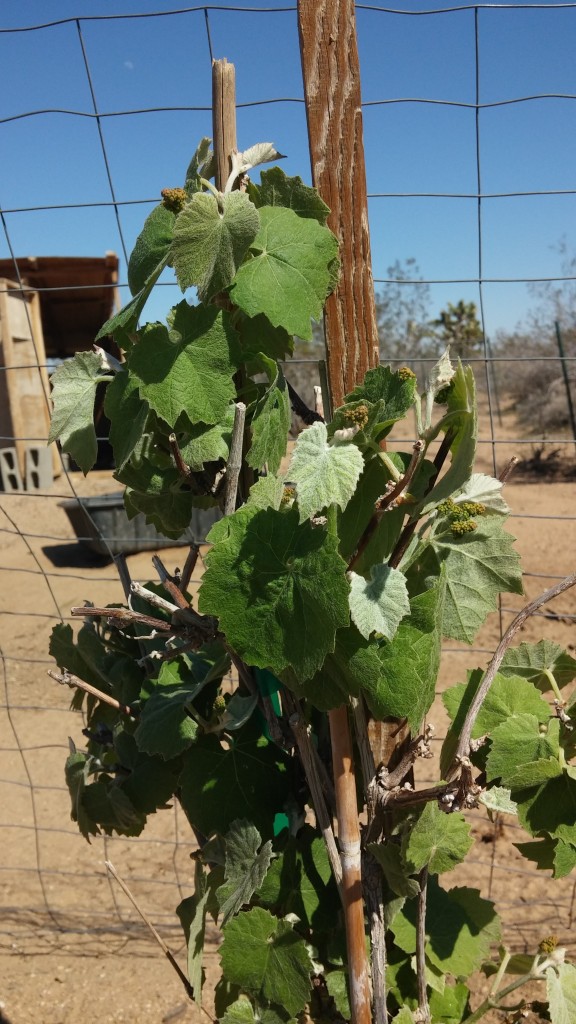
Vitis girdiana, desert wild grape: these used to grow along the Mojave River bed, probably do still in some places.
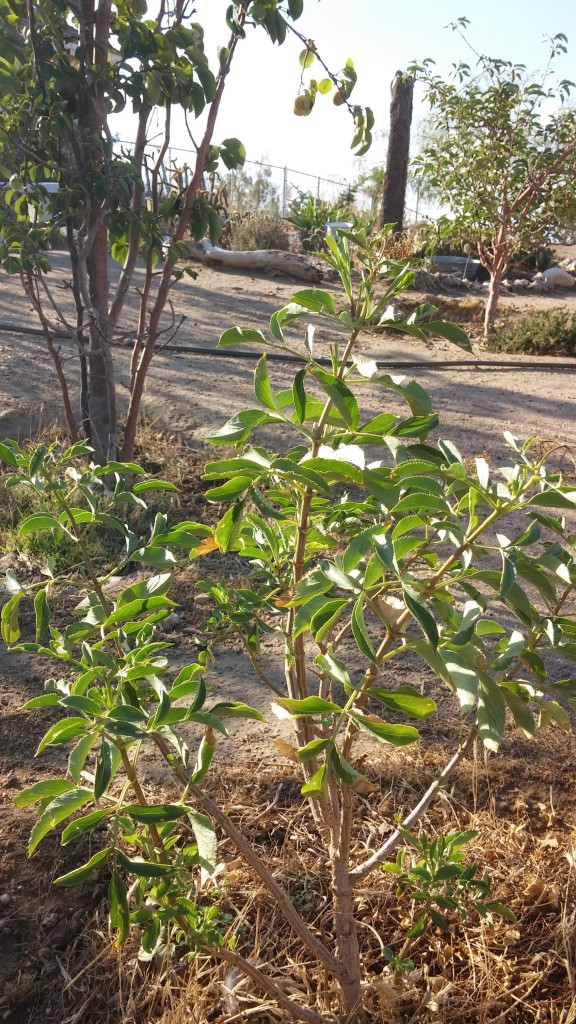
Elderberry: grows wild all around us. Asian pear and apple in the background. In the far background, a cactus food garden.
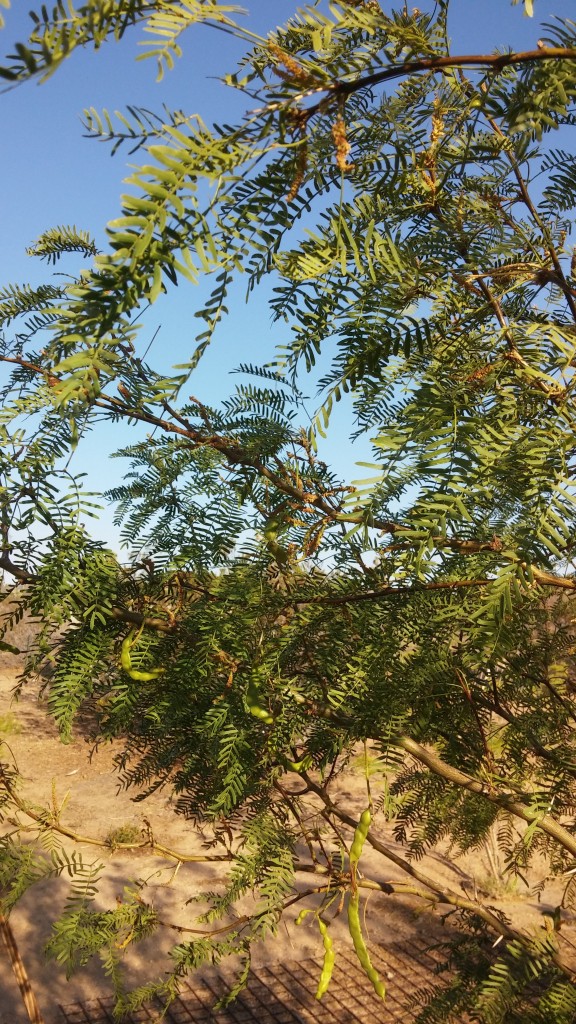
Honey Mesquite: part of our mesquite cluster. Planning a mesquite grove and hoping for a Vitamix blender to process the pods and seeds into flour.
I have a few garden plots for seasonal vegetables, medicinal herbs, and flowers I love, including flowers that can also provide food (sunflowers of all kinds, nasturtiums, and in a microclimate woodland violets).
I keep a micro-scale orchard, experimenting with low-water fruit trees from arid parts of the world. I plan to do some tree grafting with native California fruit tree rootstocks. I use very little water in these endeavors. This is a problem for some plants and when it is I replace those plants with something else until I find varieties that thrive in the high desert with very little water.

Asian Pear: grows well in semi arid regions with some altitude in parts of Asia and happy here. I’ve been growing Asian Pears for 25 years in this part of the high desert.
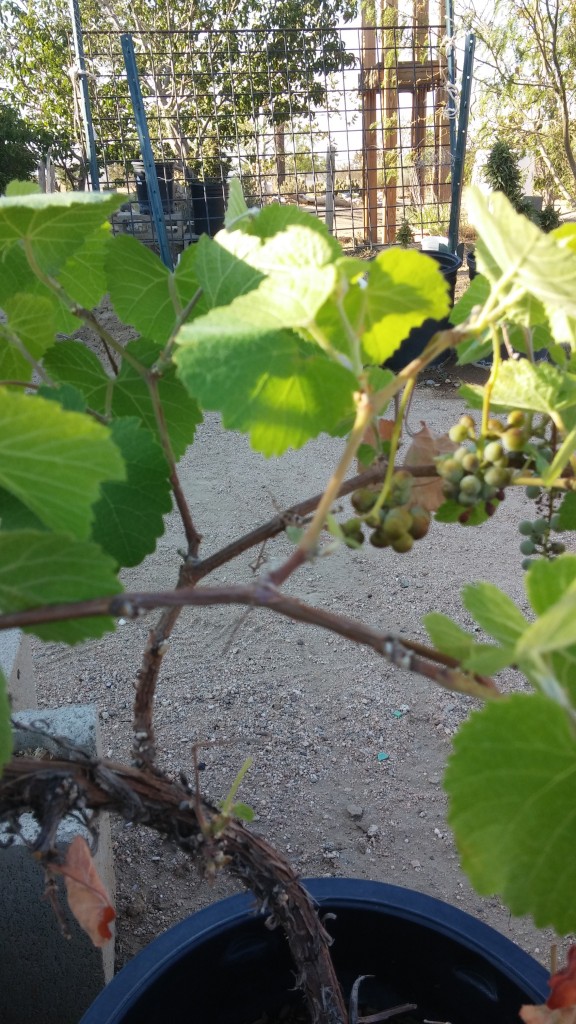
Vitis californica “Roger’s Red”: not as study at our altitude as Vitis girdiana, but it still can do well.
Many of my friends do the same thing. We collaborate because it’s the best way to learn about growing a bit of food in a harsh landscape. I can understand why I might be suspect because I live in one of the most arid parts of drought-stricken California and some people want to find “who’s to blame.”
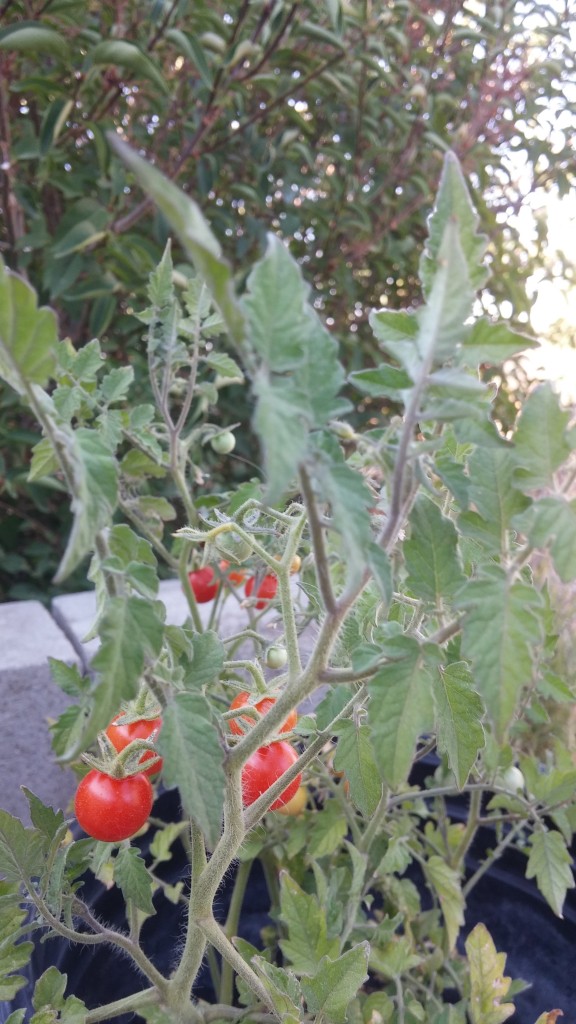
My friend Bonnie’s high desert adapted cherry tomatoes. Grow these using Bonnie’s technique and you may have tiny, delicious cherry tomatoes that grow almost like perennials.
So that’s our story.
Those of us who do this are searching for what works and what is the most ecologically sound way to do these things. Many of us began farming/gardening searching for ways to enhance our food budgets and to eat home-grown in ways that don’t damage our environment. If I lived in the Midwest or Mid-south for that matter, no one would bother to question me about my potentially wasteful water use. I’m not offended, really. It’s more like — if you trip my switch I’ll talk about this forever. So, please, trip my switch.

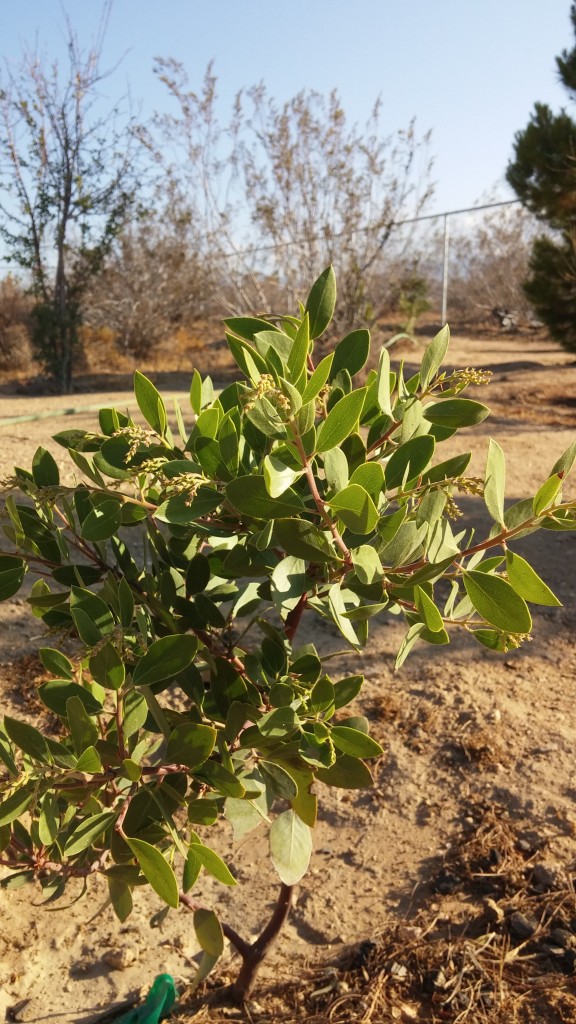
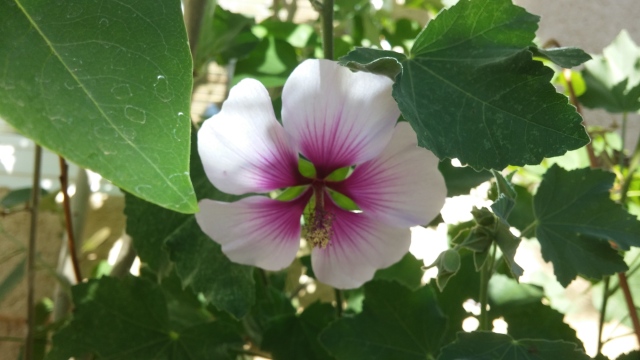
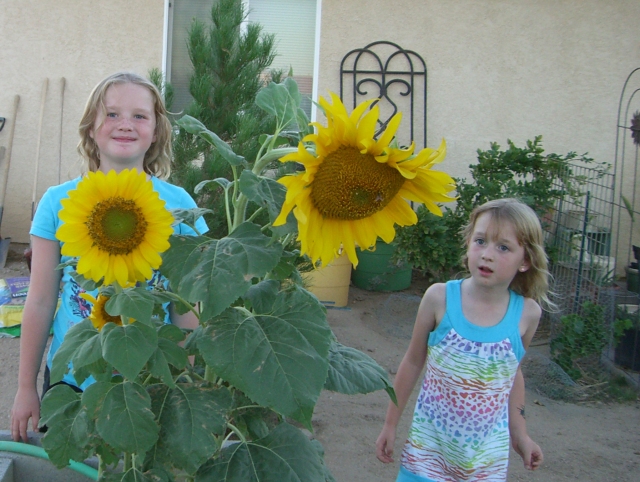
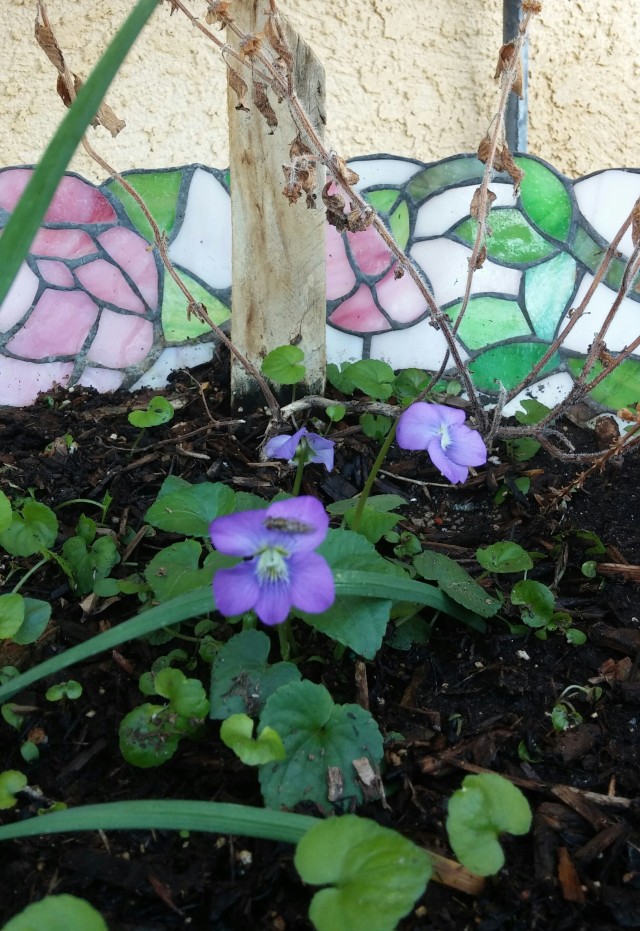
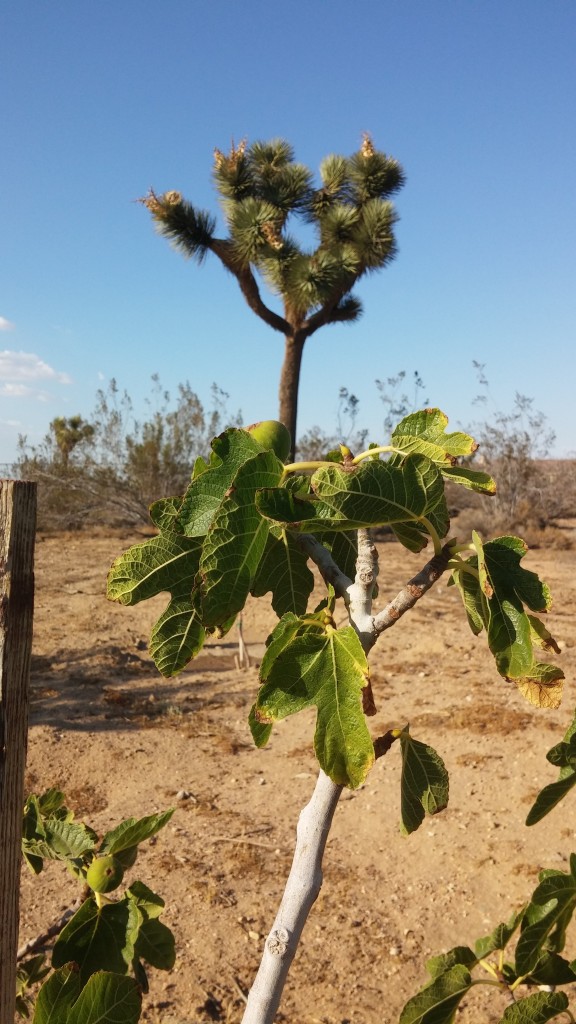
In Iraq the desert is farmed for years using ground water and many kinds of crops are produced and with low costs in relatively warm climate during the winter.
So many drylands farming skills come from Iraq and that part of the world!
Hi, I ran across this post by accident. Just out of curiousity I was looking at craigslist LA, and someone has forty acres for sale in North Edwards, on Suchow Road at Flint Street, for $17 thousand. I thought about getting it as a place to learn to fly an ultralight. Then discovered that the Mohave Air and Space field is nearby. May go out just to take a look. Would this parcel be in the flightpath for anything? I wouldn’t want to have jets flying over my head all day and night.
Hi, I just saw this question from a year ago. Hopefully you’ve checked out the property. I don’t know that area – I’m considerably south and east of that location, in a different county.